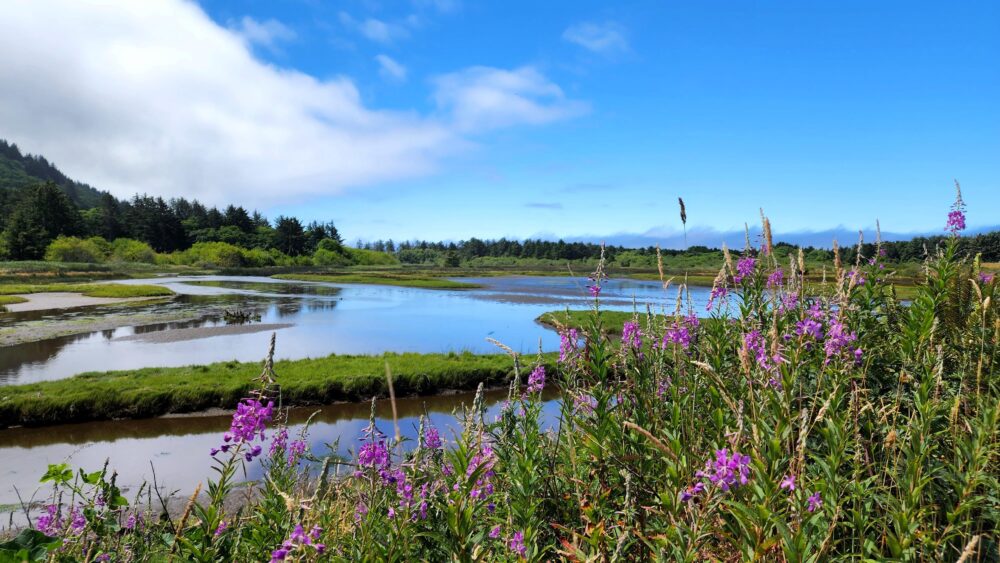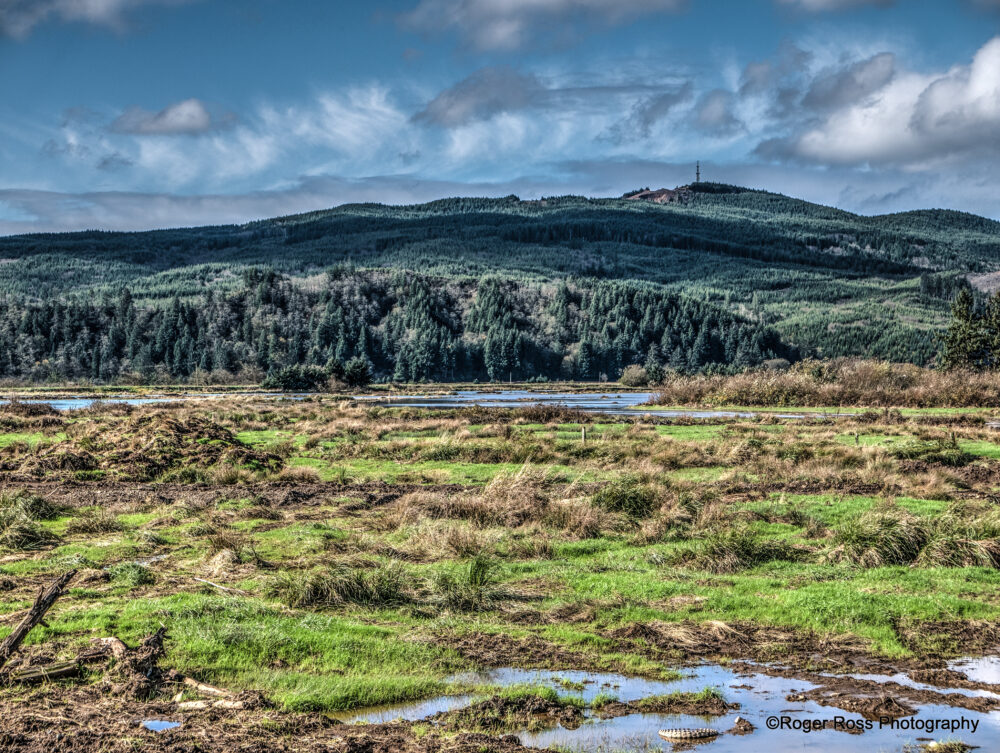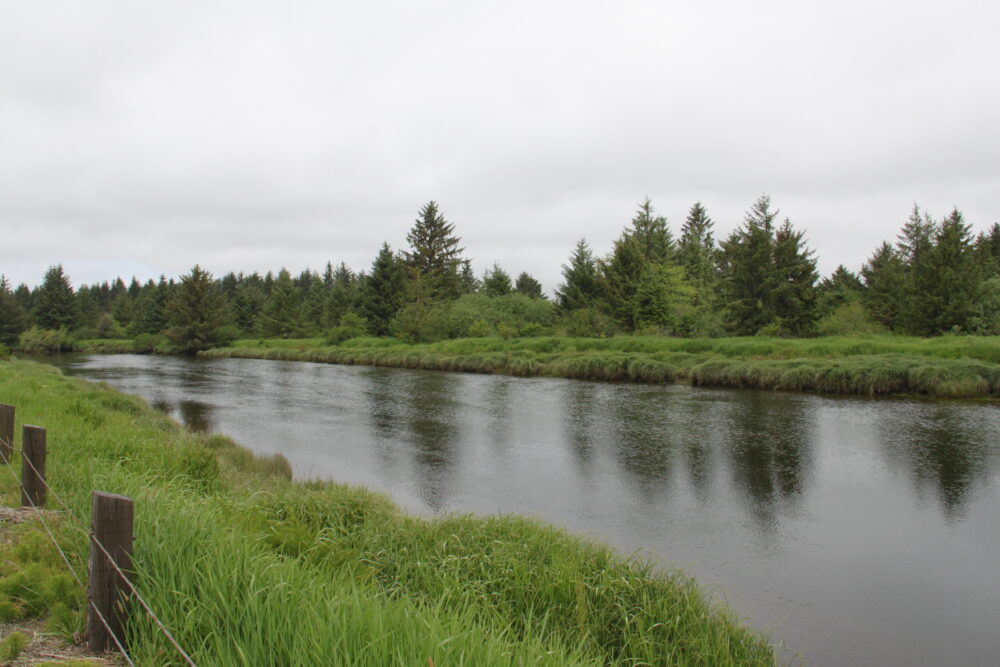Tillamook County stands out for its beautiful forests, rivers, bays, and ocean, which provide rich natural resources and are cherished by the locals and visitors
Not all these spaces are as pristine as they look. Since the arrival of white settlers in 1850, more than 68% of Oregon’s estuarine wetlands have been lost. In addition, damaged estuaries are impacted by climate variability and face threats like ocean acidification, sea-level rise, higher incidences of extreme heat, precipitation, flooding, and drought. We work to restore Tillamook County’s ecosystem because we know that a healthy environment supports our communities and local economy and makes us more resilient.


Putting the Community First
Community involvement is central to all of our work. Most of TEP’s habitat enhancement projects arise directly from needs expressed by the community. Oregon coastal communities are impacted by floods, storms, climate variability, sea level rise, and other natural hazards and habitat restoration gives us an opportunity to work together to mitigate risks to homes and businesses from these increasingly intense natural hazards.
Why do Estuaries Matter?
Estuaries are the center of coastal communities. They are spaces for recreation and hold cultural significance and they provide habitat and abundant food that salmon, shellfish, and other species depend on. These species form the backbone of Oregon’s coastal commercial and recreational fishing industries. Estuaries also protect our communities by dispersing and absorbing water to prevent flooding, safeguarding against sea-level rise and storms, and sequestering carbon.
How do we Restore Habitat?
Our focus for habitat restoration is to protect our communities and create healthy estuaries. All our projects begin with community and partner input and an intense grant-writing and fundraising process. During this initial stage, we often work with contractors or use the expertise of our partners to determine how a location can be enhanced. Habitat enhancement can take many forms, including fish passage barrier removals, such as culvert upgrades or replacements, creating habitat with large–woody debris placement, native plant planting and more. After a project is completed, we monitor the area to understand its impacts and inform our community.


